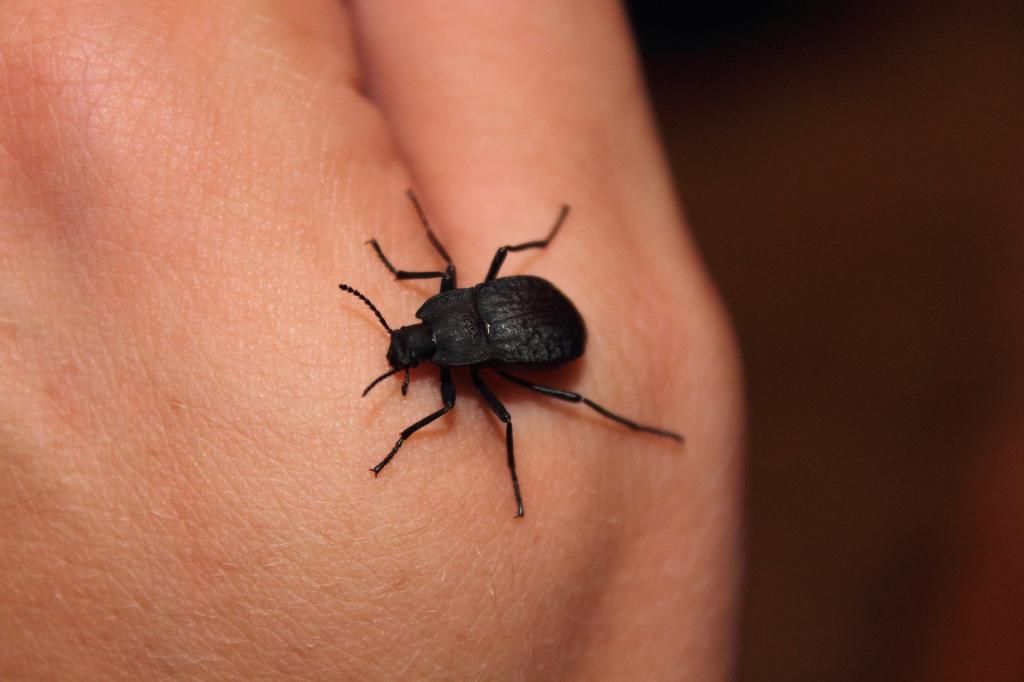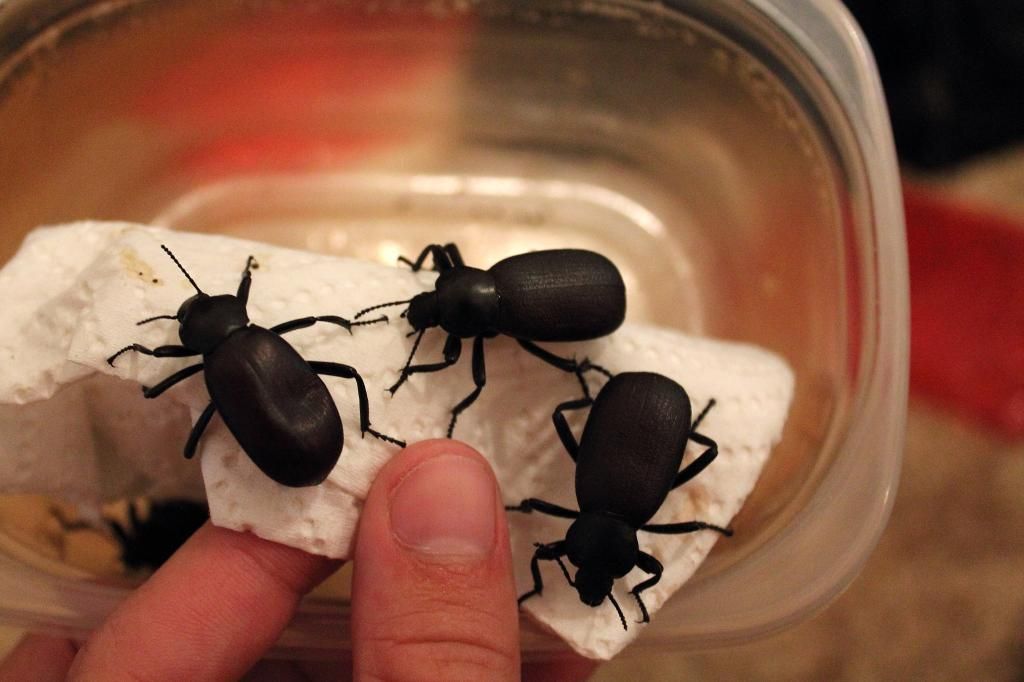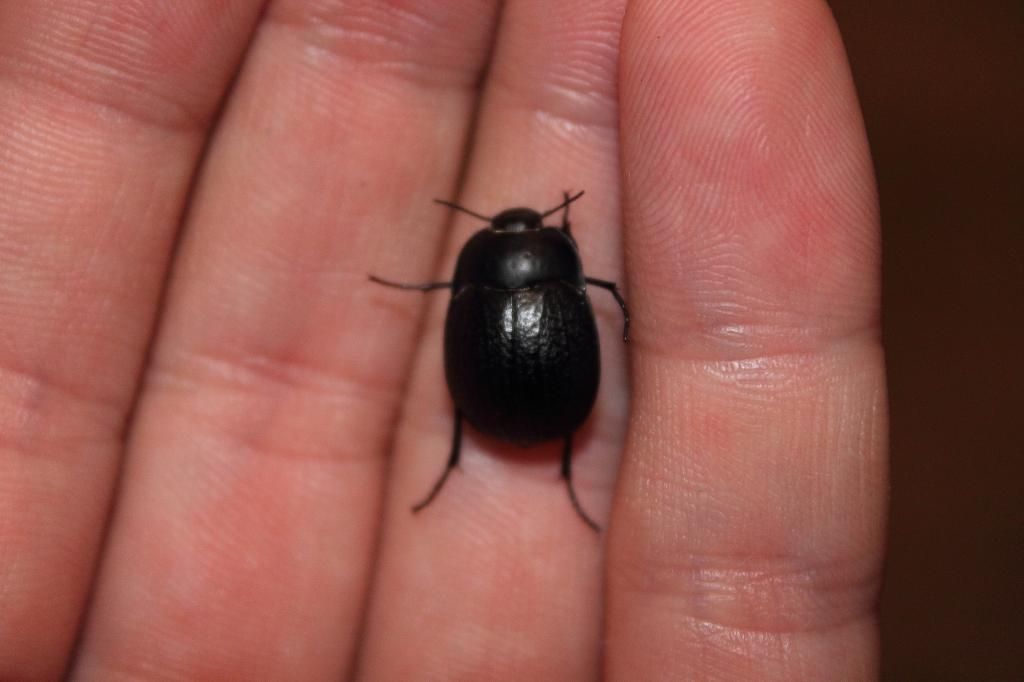pannaking22
Fresh Imago
While on vacation recently out I in Colorado, I collected a bunch of darkling beetles of 4 (5?) species. I really want to breed them, especially the extra large species I came across so other hobbyists can enjoy them. I've found a little bit of info here on Beetle Forum, but I was wondering if anyone had some first hand experience? I do have Orin's book on breeding beetles, but it's currently 3 hours away from my current location and I won't have access to it for another week or so. I'll get some pictures up in the next couple days as well once I sit down to photograph everyone. I believe they are all Eleodes, but there's one species I'm not as sure about (though sadly I only found one of those).
Any info, including pictures, would be much appreciated!
Any info, including pictures, would be much appreciated!






